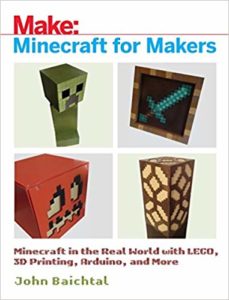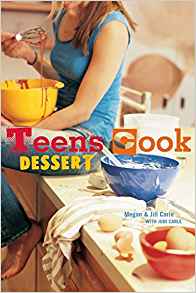Song for the Unraveling of the World by Brian Evenson
Reading slumps aren’t uncommon. Lately, I’ve been starting books, only to return them unfinished. In times like these, I often turn to short stories to help me get back into the groove. Short stories take the pressure off of reading. I don’t have to track characters and plots for hundreds of pages. And this is where author Brian Evenson really shines. In his latest release, he builds worlds and characters in only a few pages.
SONG FOR THE UNRAVELING OF THE WORLD is a fairly short collection of stories at just over 200 pages. However, the collection contains 22 stories. I don’t have the space to review each story, but I’ve picked three that I think best represent this collection as a whole.
In the titular story, a daughter goes missing. Her father, Drago, searches the house but can’t find the little girl. Drago refuses to call the police for reasons the reader doesn’t immediately understand. But, as his search expands to include the surrounding neighborhood, the truth about Drago and his daughter is revealed. He will not call the police because he is living under a false identity. Why? Well, that would spoil the story.
“Room Tone” — Filip wants nothing more than to finish shooting his film. The only problem? The house he’s been using for filming has been sold and the new owner won’t let Filip in to complete the project. Filip isn’t happy with the sound of the film; the background noise is all wrong. He just needs in the house long enough to record a few minutes of silence. How far will he go to finish his film?
“The Hole” — A mission to explore a planet goes horribly wrong for those visiting the new world. Klim and the rest of the crew must search for Rurik, who has gone missing. Kim finds Rurik at the bottom of a large hole. There are only two problems: 1) Klim is also at the bottom of the hole and 2) Rurik is clearly dead, but still moving and talking. Can Klim escape? Even if he does, will he ever be the same?
Don’t go into this collection thinking you’re going to get answers. Much of the effectiveness of Evenson’s writing comes from what isn’t explicitly described in the stories. Evenson focuses in on the world of each story. With short stories, authors don’t have a lot of room for world-building. The challenge then becomes making these brief glimpses into the world fully believable. And this is where Evenson really shines.
Every story in the collection takes place in a distinct setting, each with its own history and set of rules. Even though several stories have similar themes or settings, Evenson made each one distinct. There seem to be nods to classic authors like Ray Bradbury and Shirley Jackson. (In fact, Everson was a finalist for the Shirley Jackson Award in 2017.)
Evenson explores several themes throughout the collection. Identity and sense of self are perhaps the two most common themes. Can we change who we are? Is identity more than skin deep? Fair warning for the faint of heart, Evenson explores these ideas in a very literal sense. At times, he even uses a genre known as ‘body horror.’ If you’re not familiar with this genre, think of the movies The Fly and The Thing.
Overall, I think this is a solid short story collection. Evenson’s masterful world-building goes a long way in making these stories successful. The stories overlap two of my favorite genres, Sci-Fi and horror, and though there aren’t any happy endings, this collection will make you think about bodies and identity in a whole new way.
Book review by: Leslie Hayes




